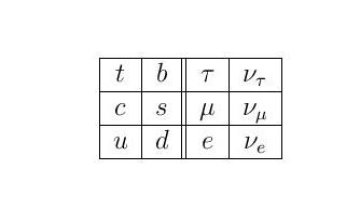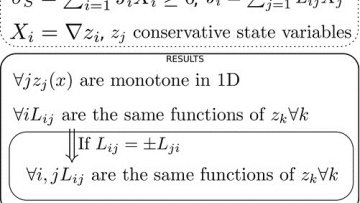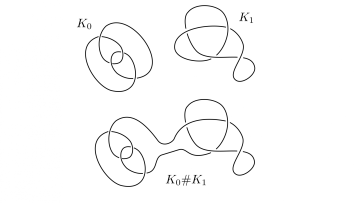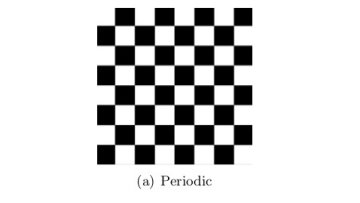Oxford Mathematician Tsou Sheung Tsun talks about her work on building the Framed Standard Model and the exciting directions it has taken her.
Statistical mechanics (or thermodynamics) is a way of understanding large systems of interacting objects, such as particles in fluids and gases, chemicals in solution, or people meandering through a crowded street. Large macroscopic systems require prohibitively large systems of equations, and so equilibrium thermodynamics gives us a way to average out all of these details and understand the typical behaviour of the large scale system.
Knots are isotopy classes of smooth embeddings of $S^1$ in to $S^3$. Intuitively a knot can be thought of as an elastic closed curve in space, that can be deformed without tearing. Oxford Mathematician Daniele Celoria explains.
"Knots are ubiquitous in the study of the topological and geometrical properties of manifolds with dimension $3$ and $4$. This is due to the fact that they can be used to prescribe the attachment instructions for the "building blocks" of these spaces, through a process known as surgery.
Homogenization theory aims to understand the properties of materials with complicated microstructures, such as those arising from flaws in a manufacturing process or from randomly deposited impurities. The goal is to identify an effective model that provides an accurate approximation of the original material. Oxford Mathematician Benjamin Fehrman discusses his research.
"The practical considerations for identifying a simplified model are twofold:






